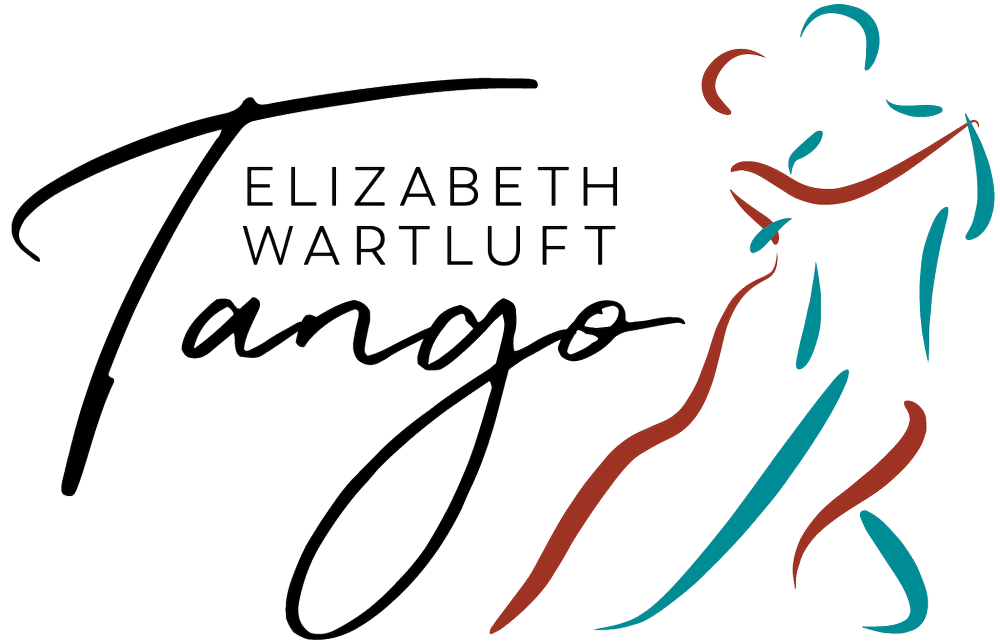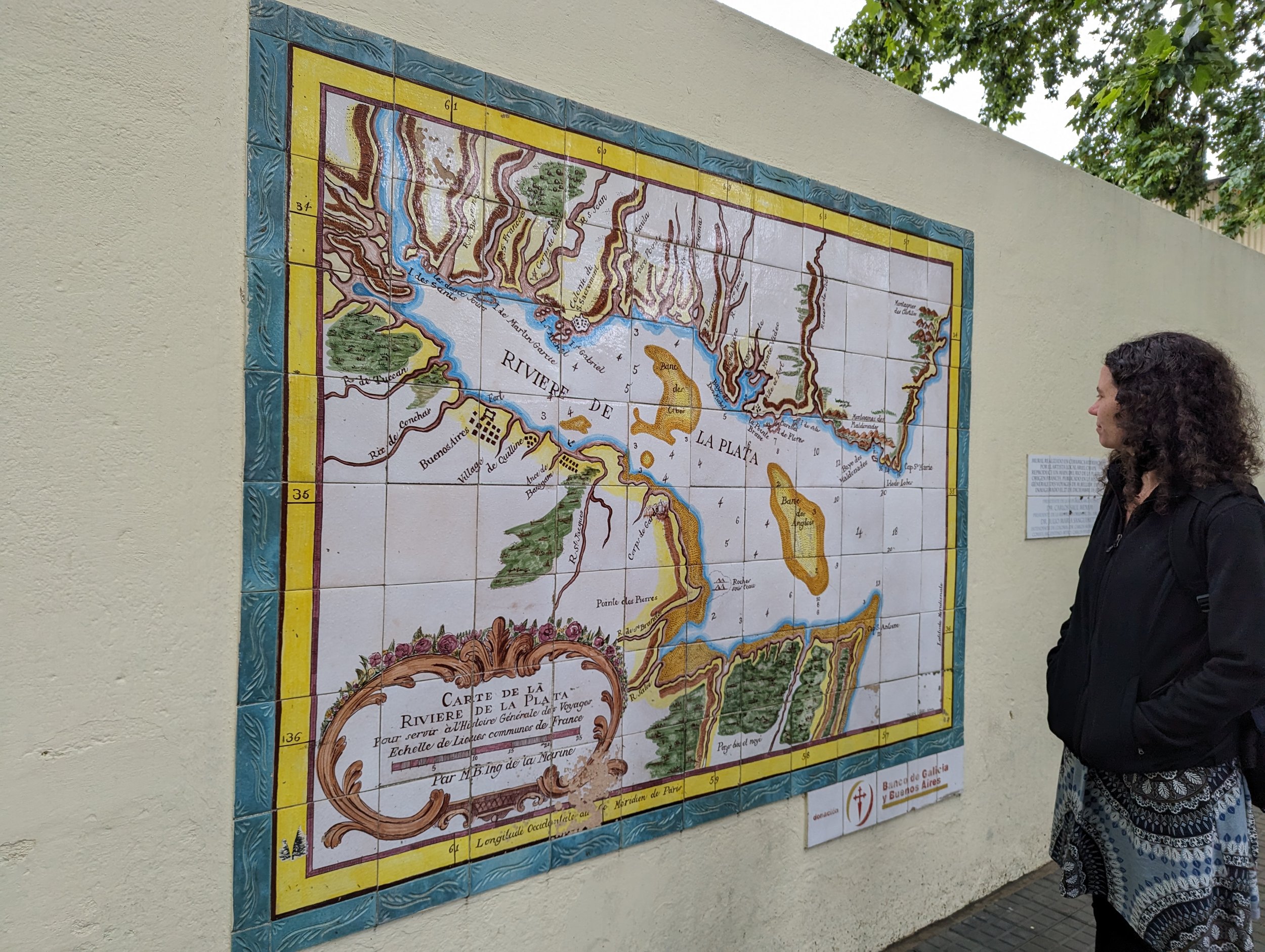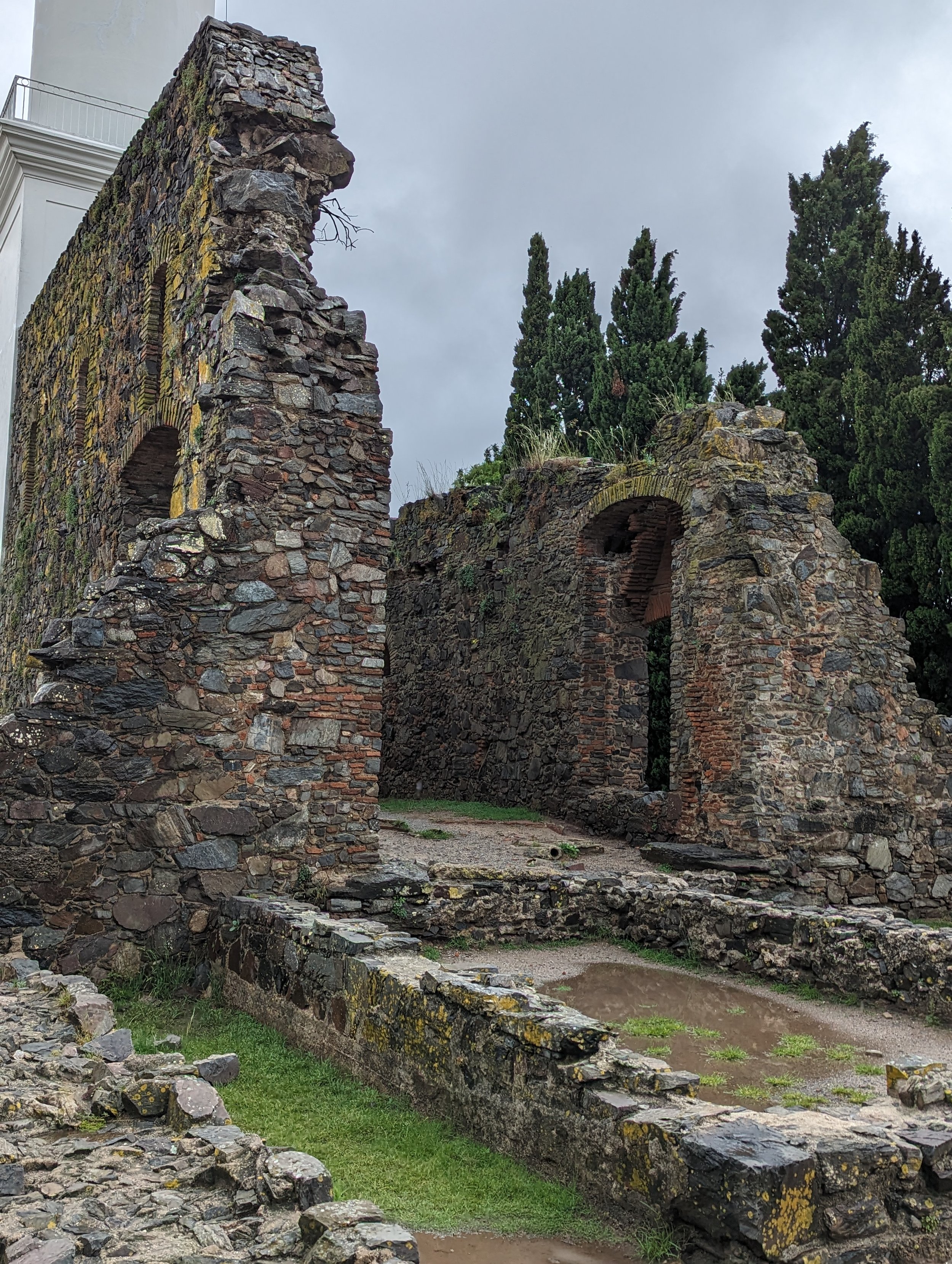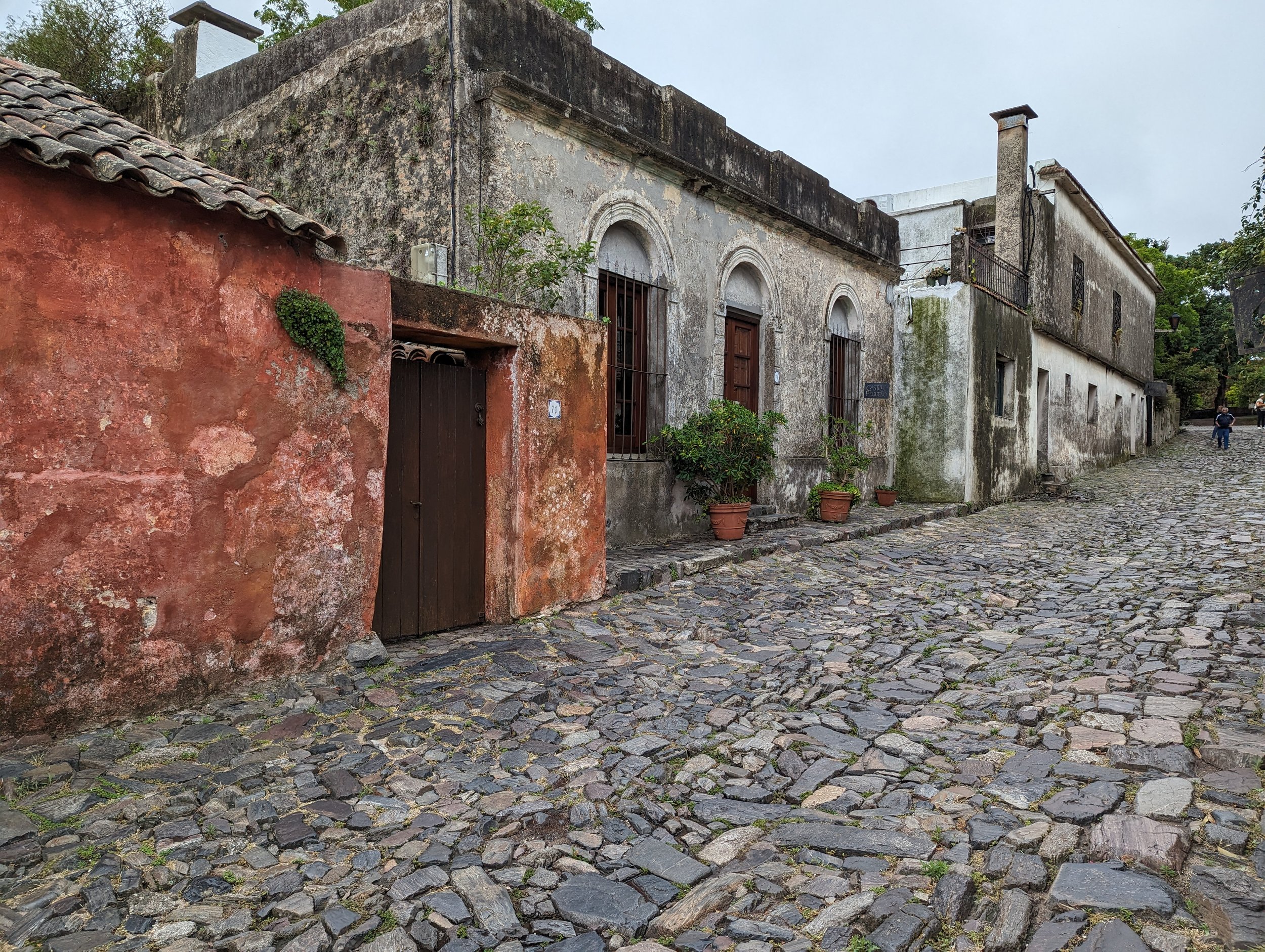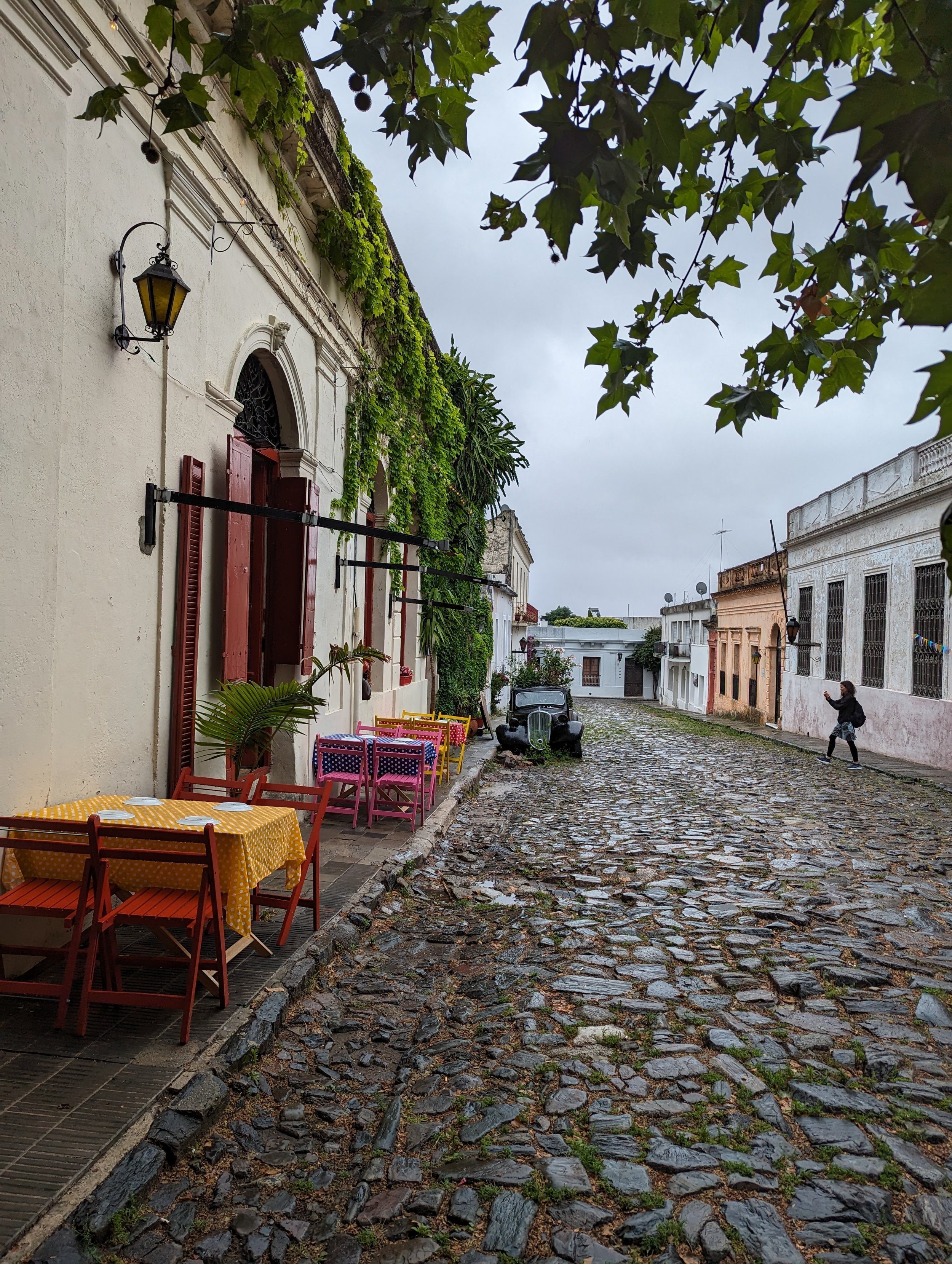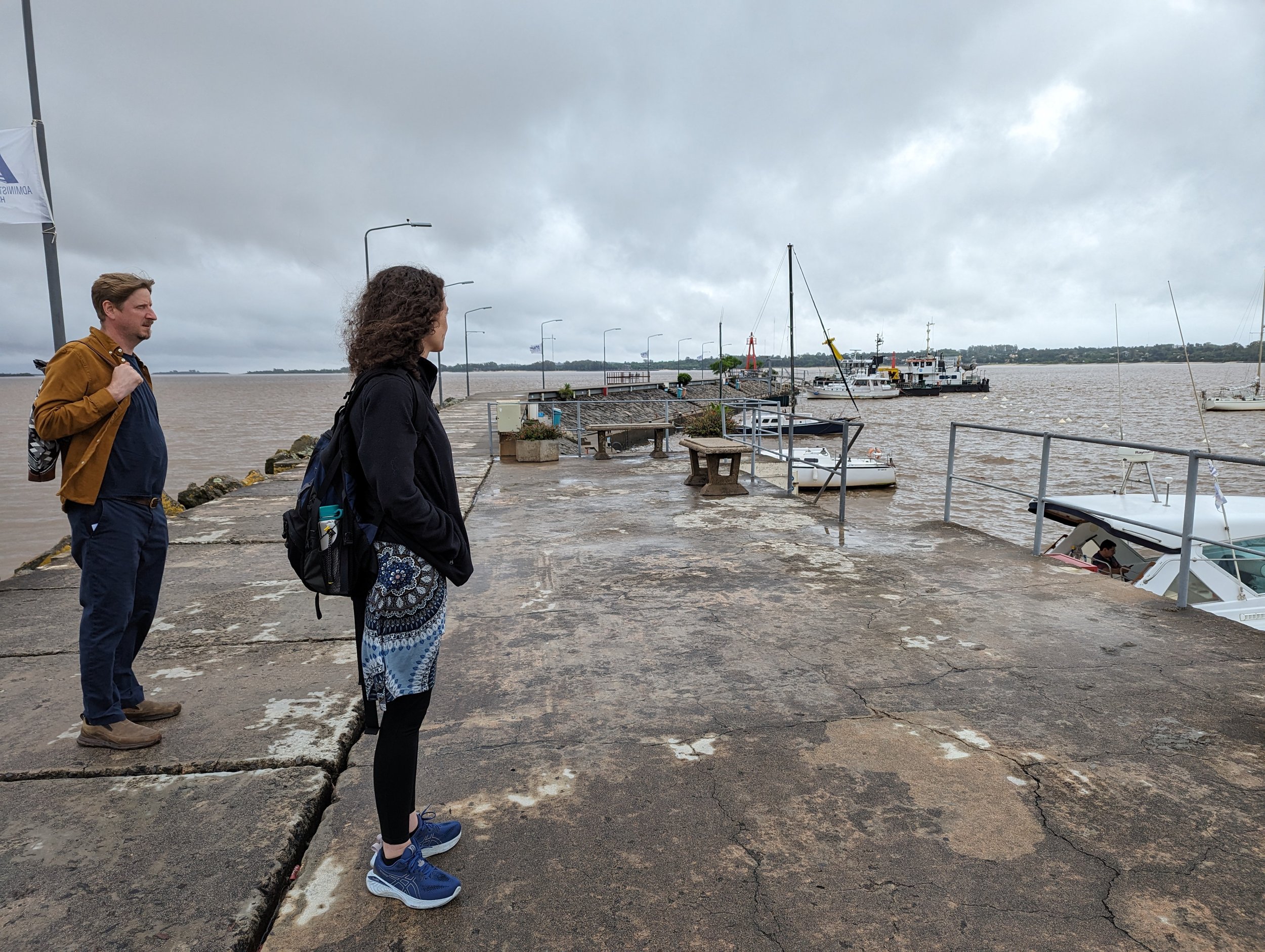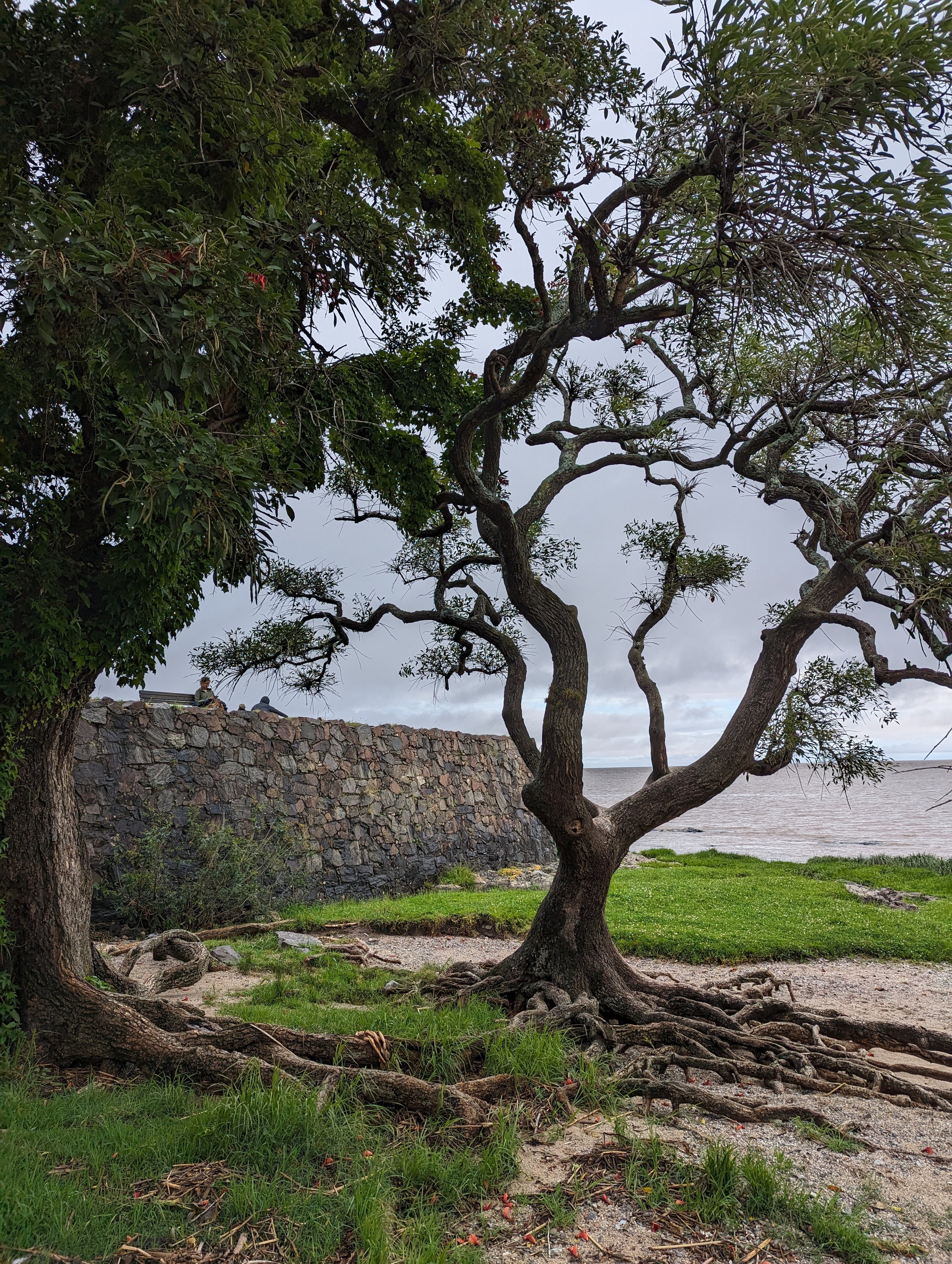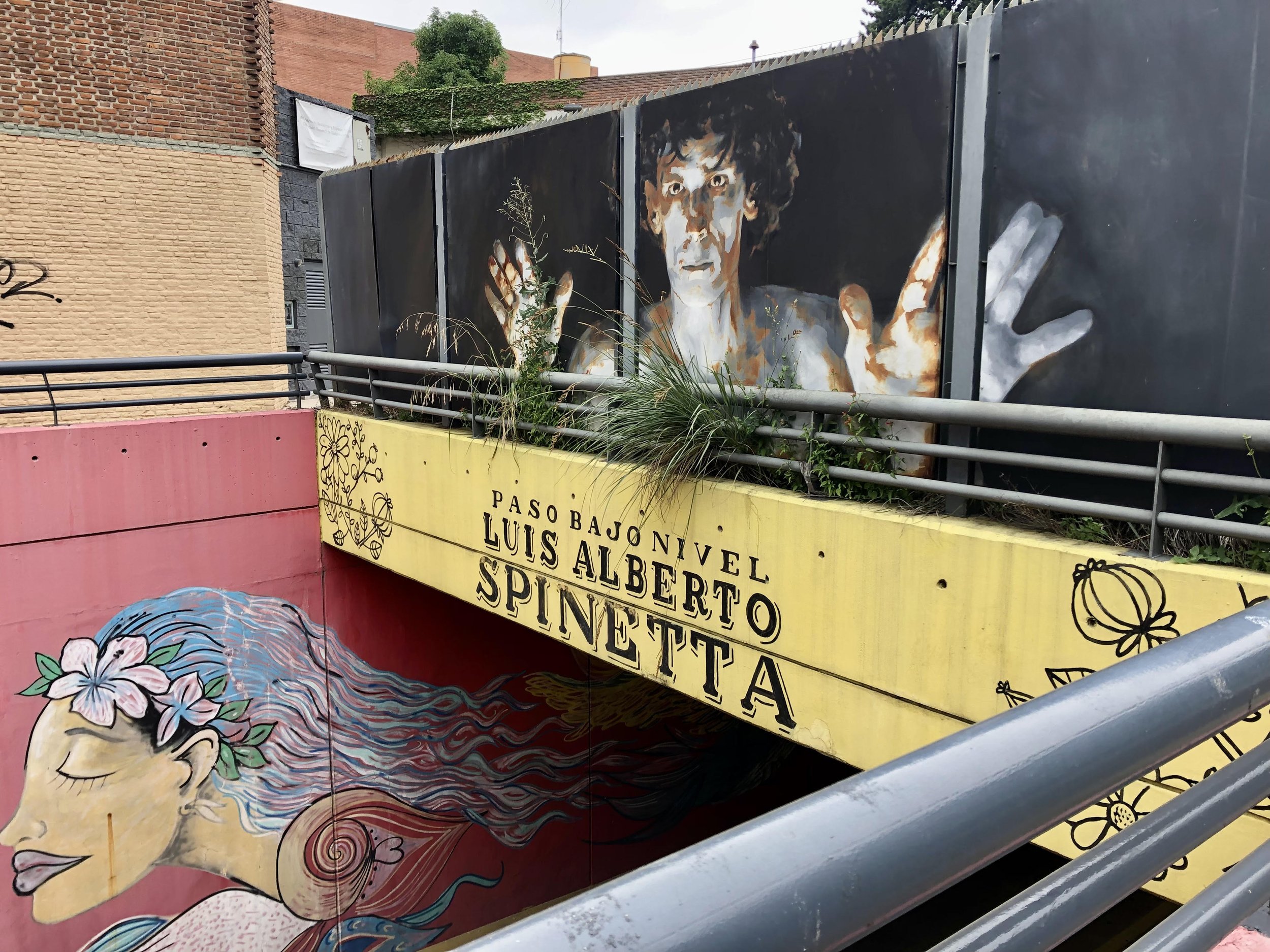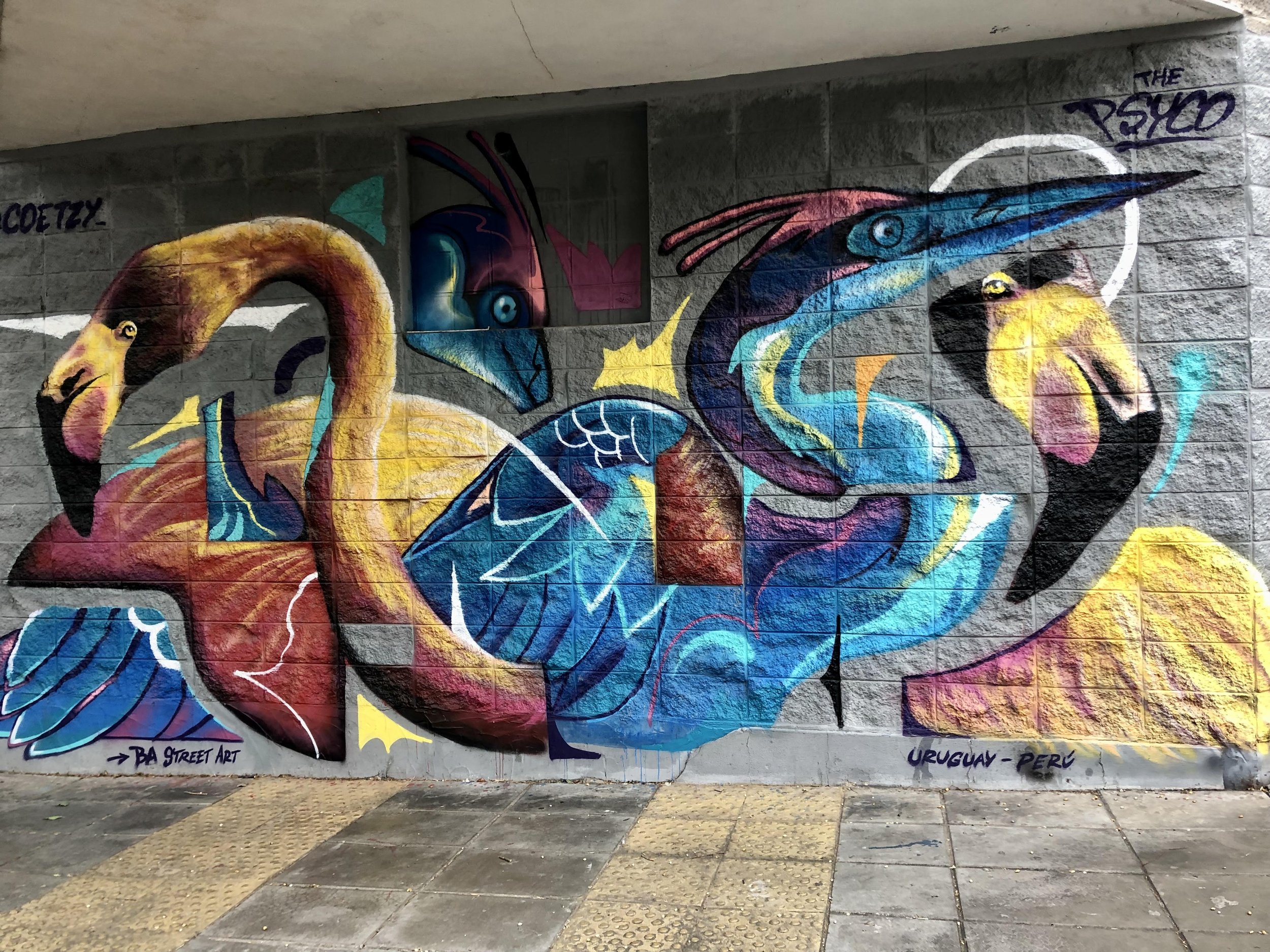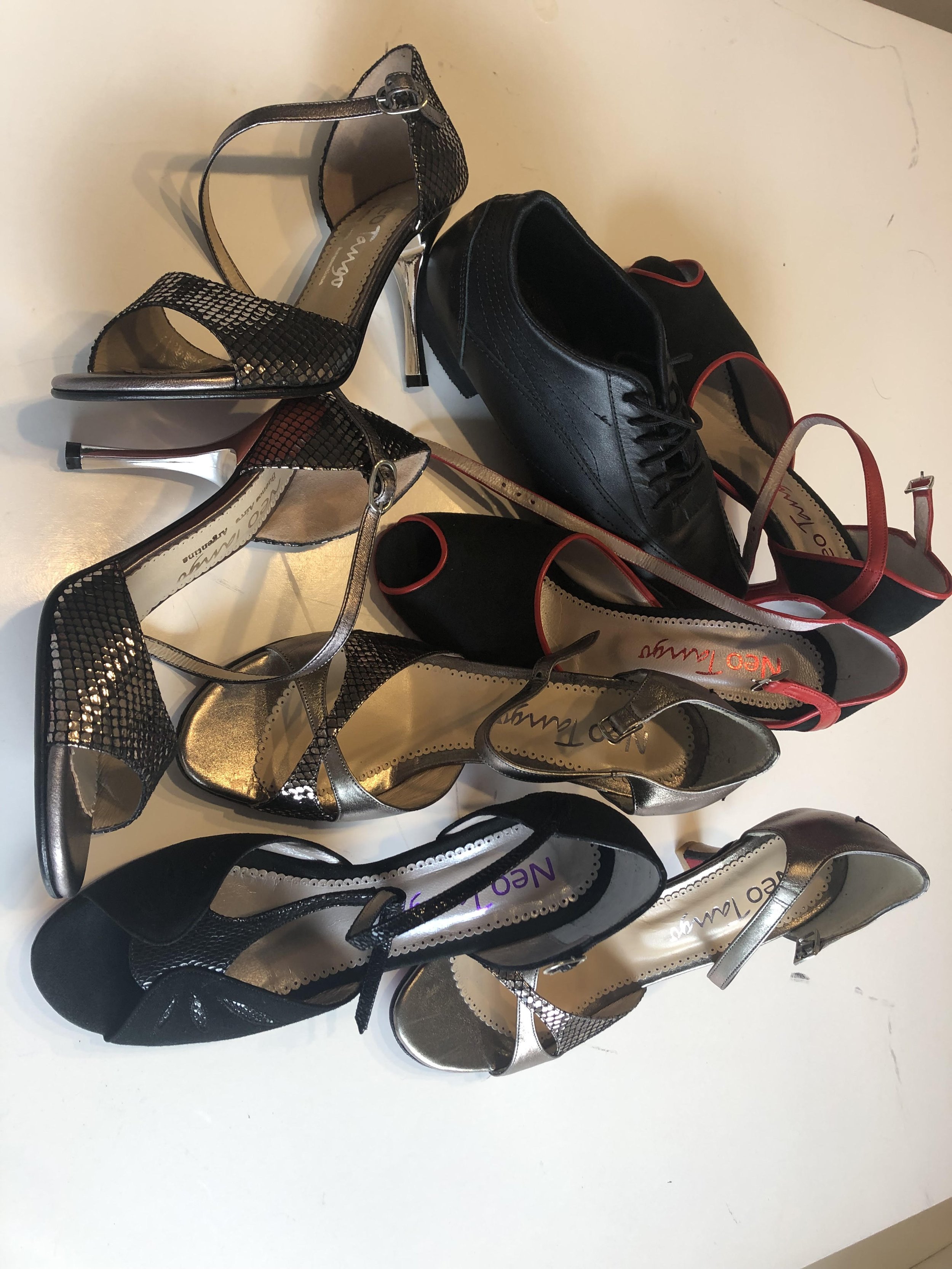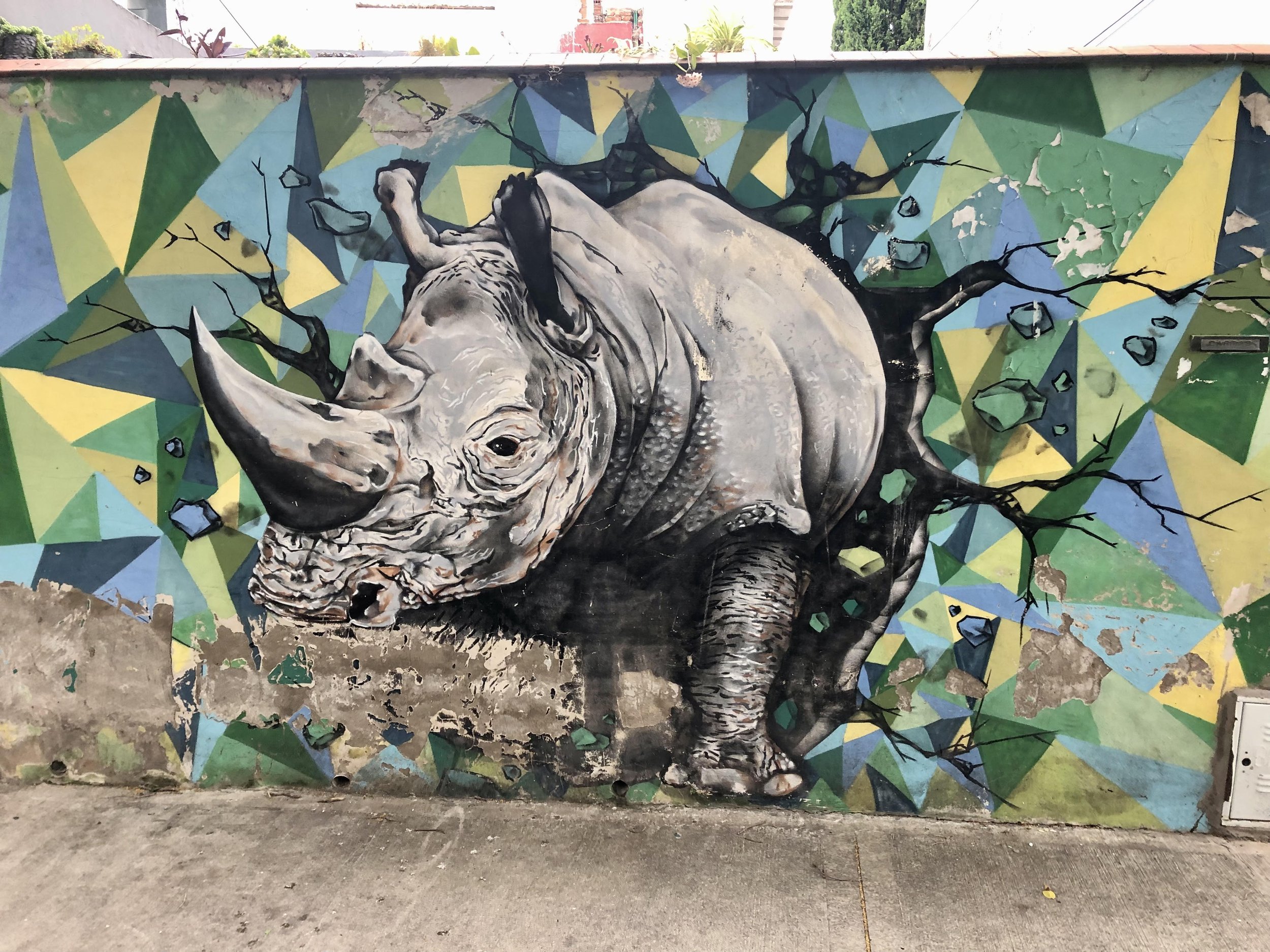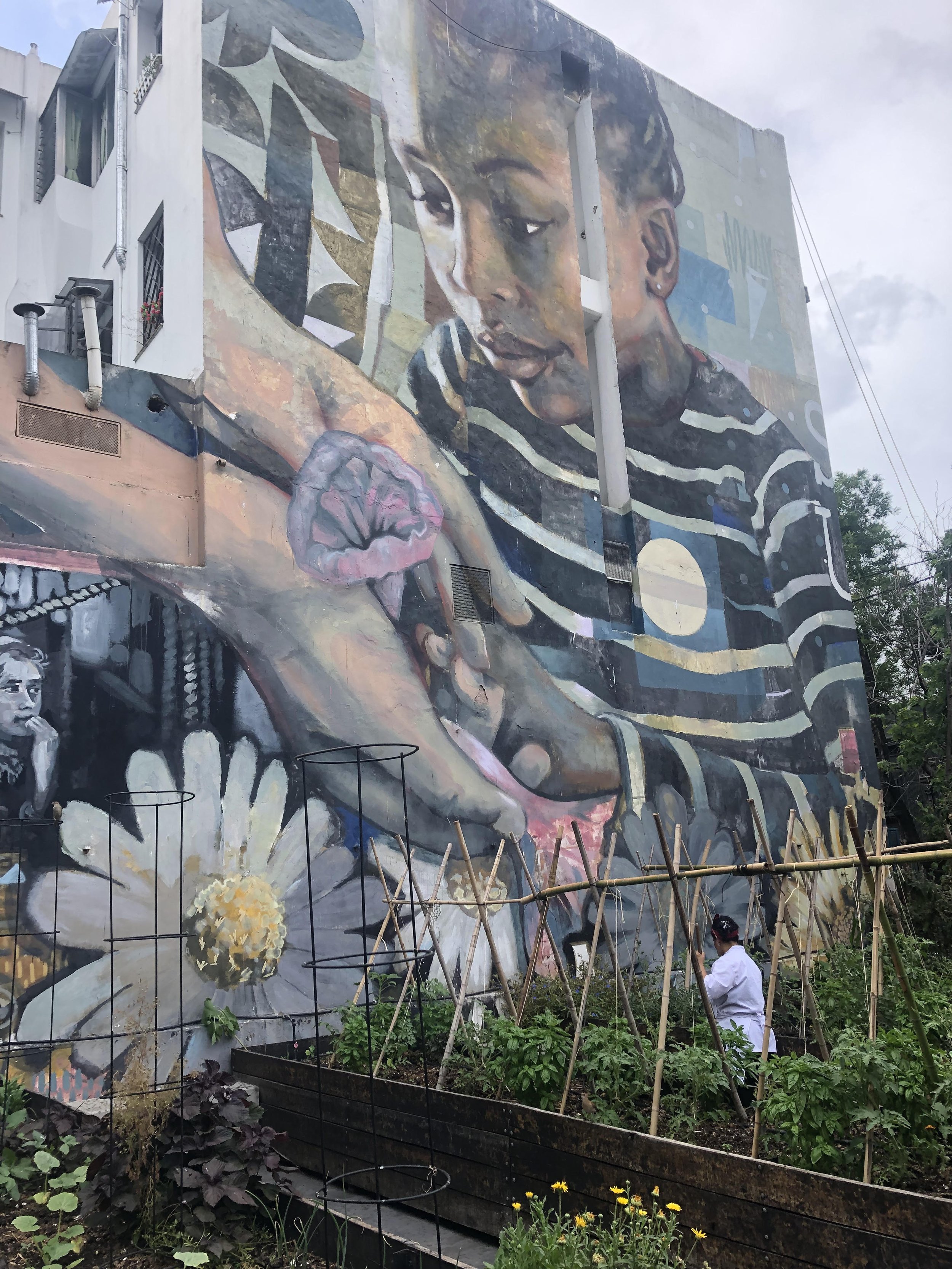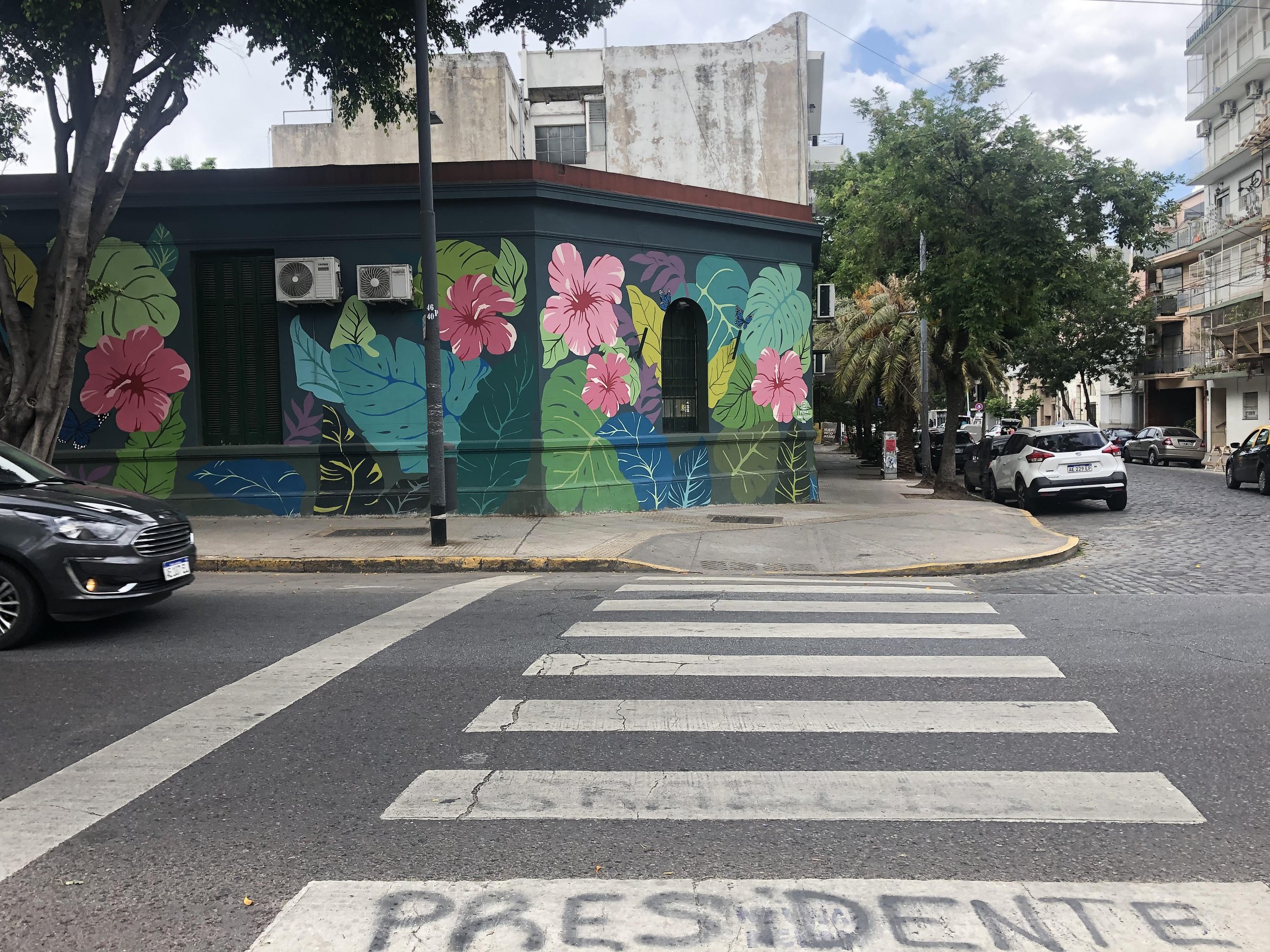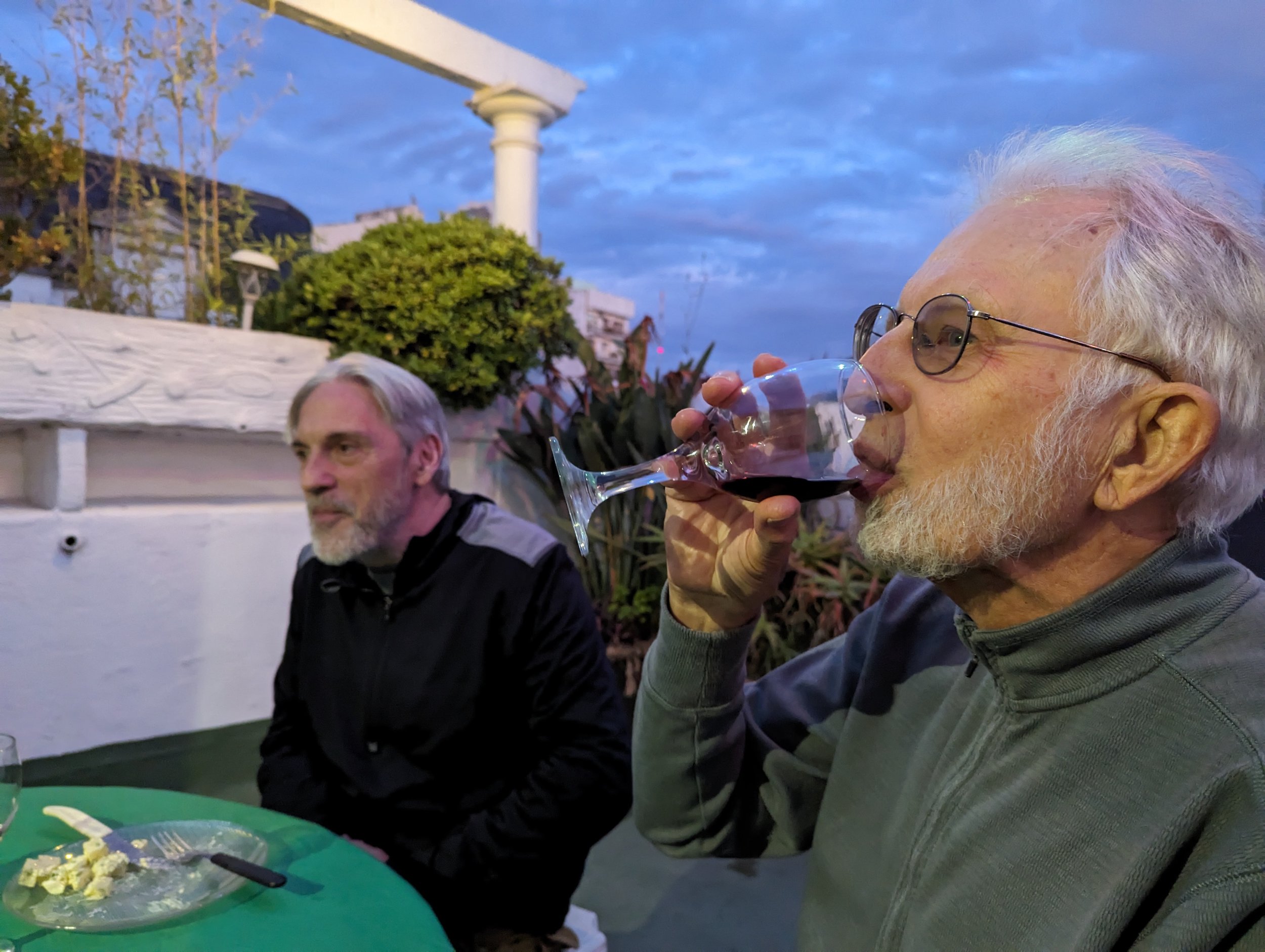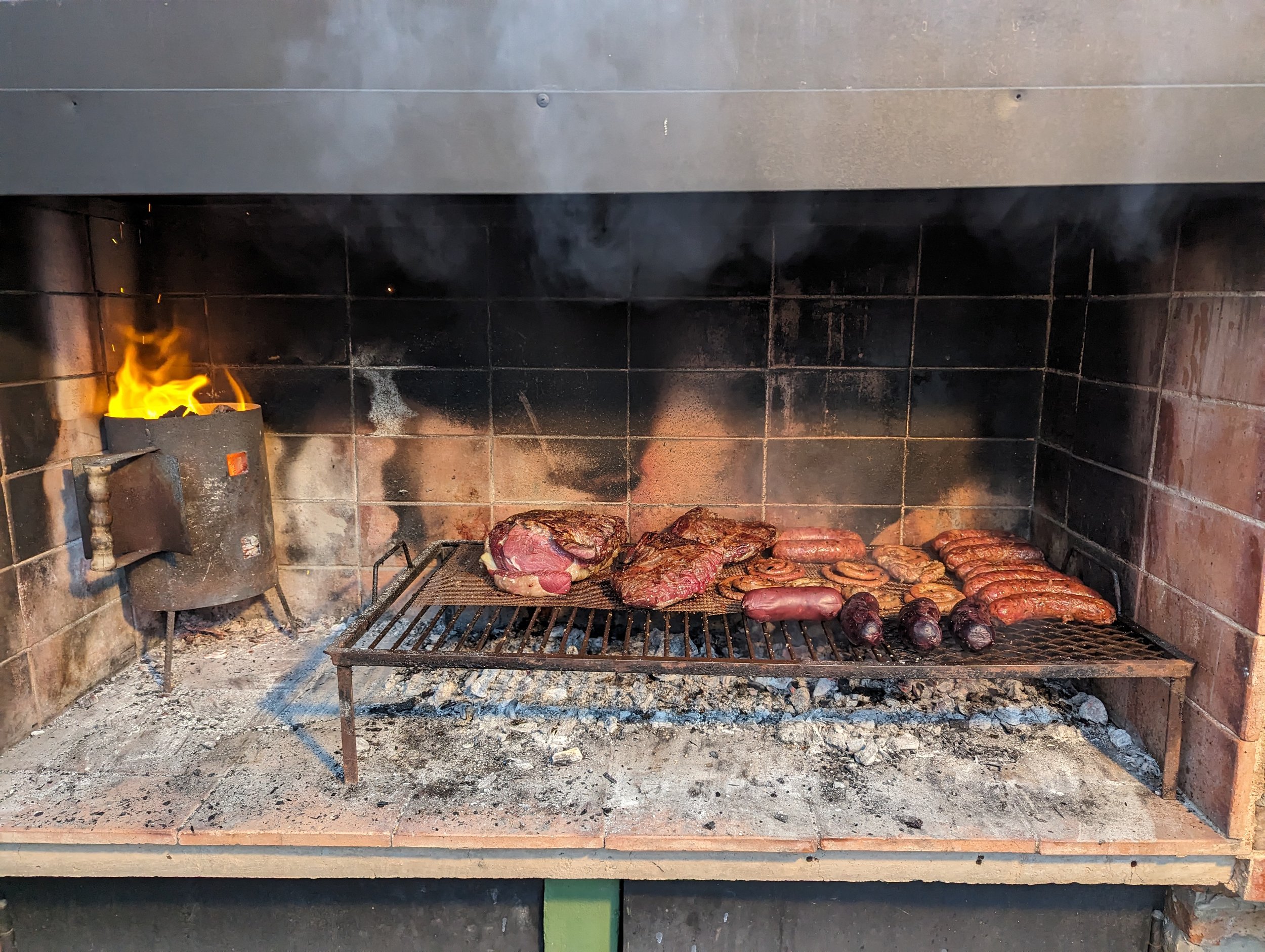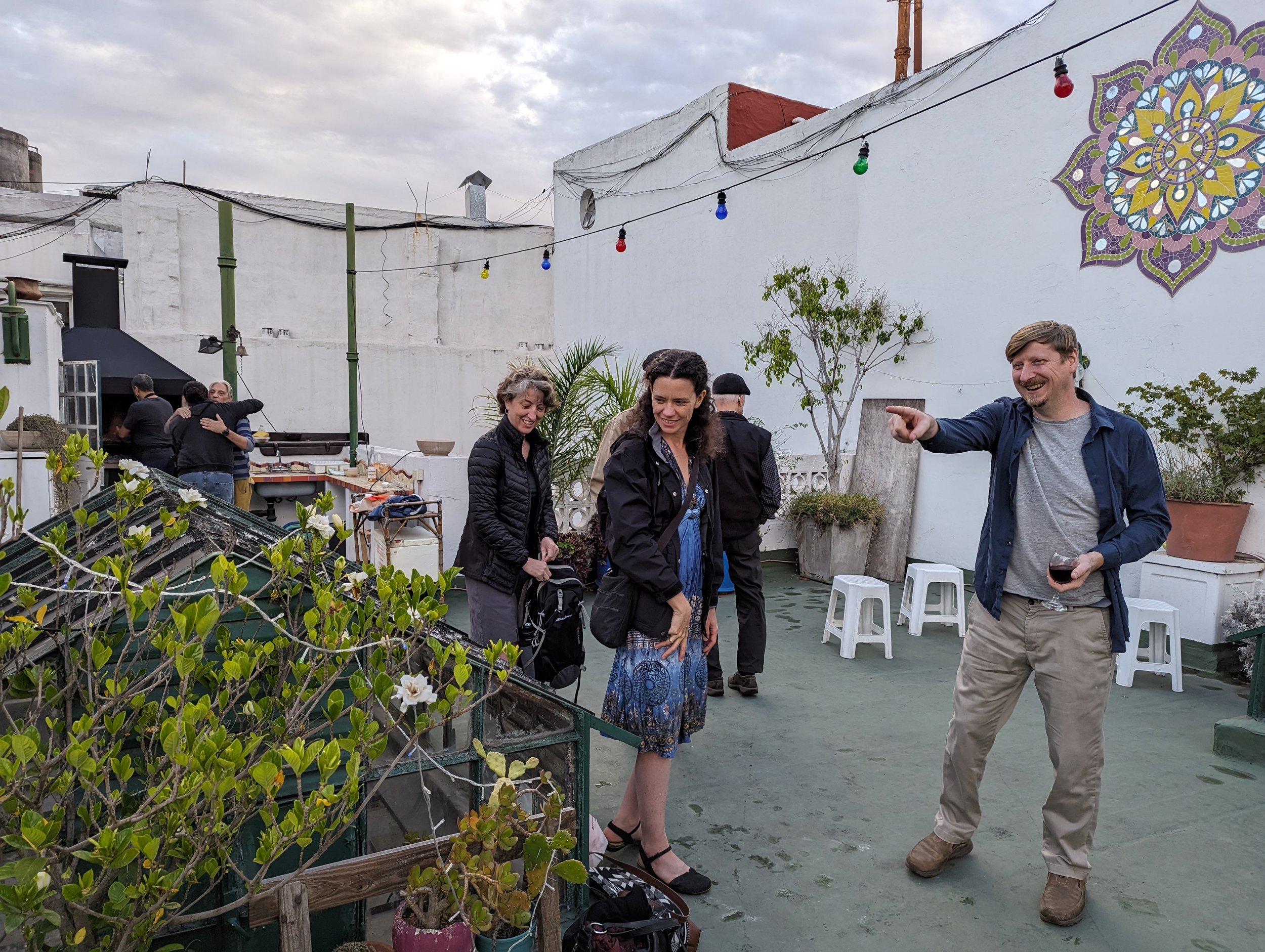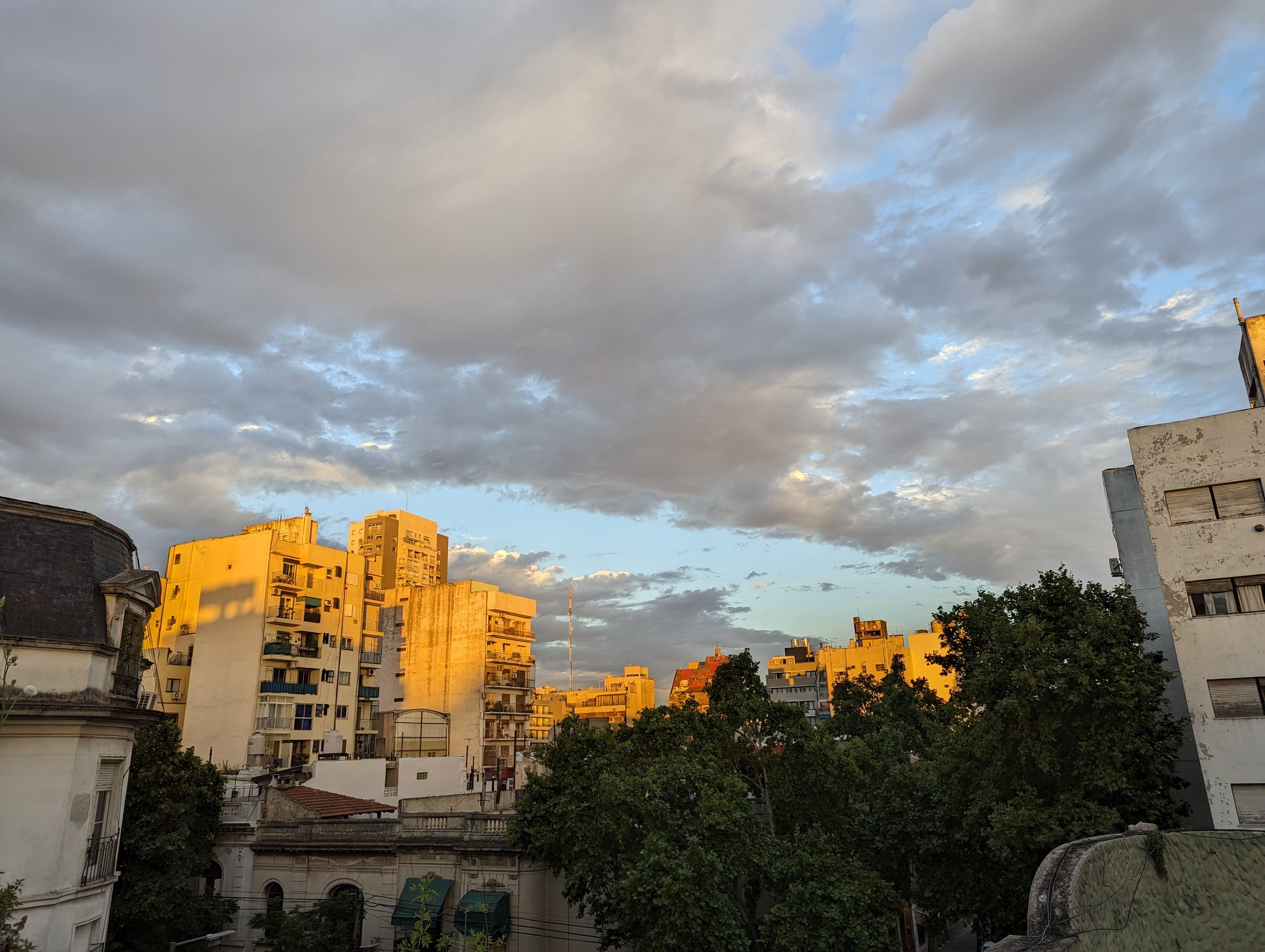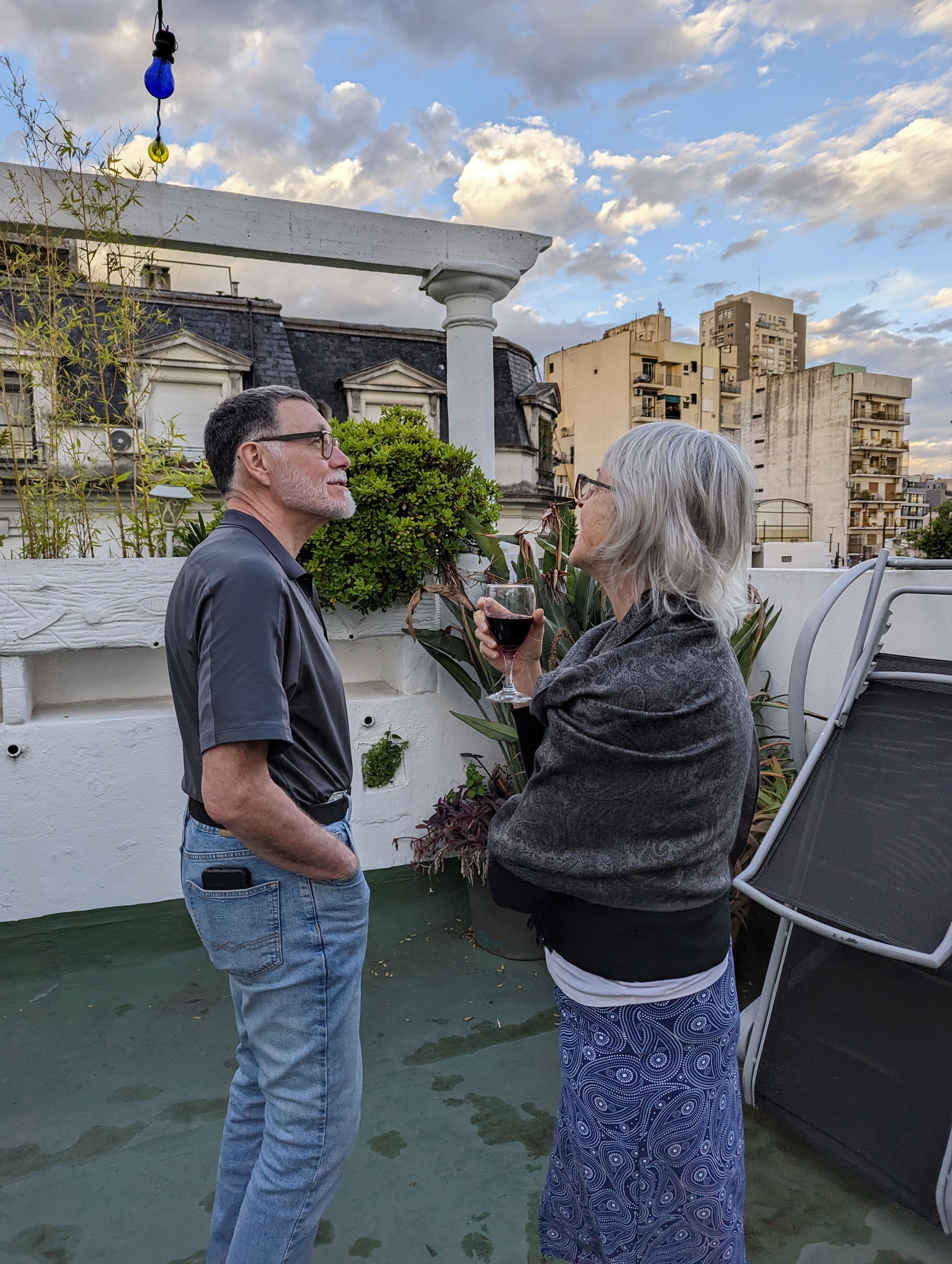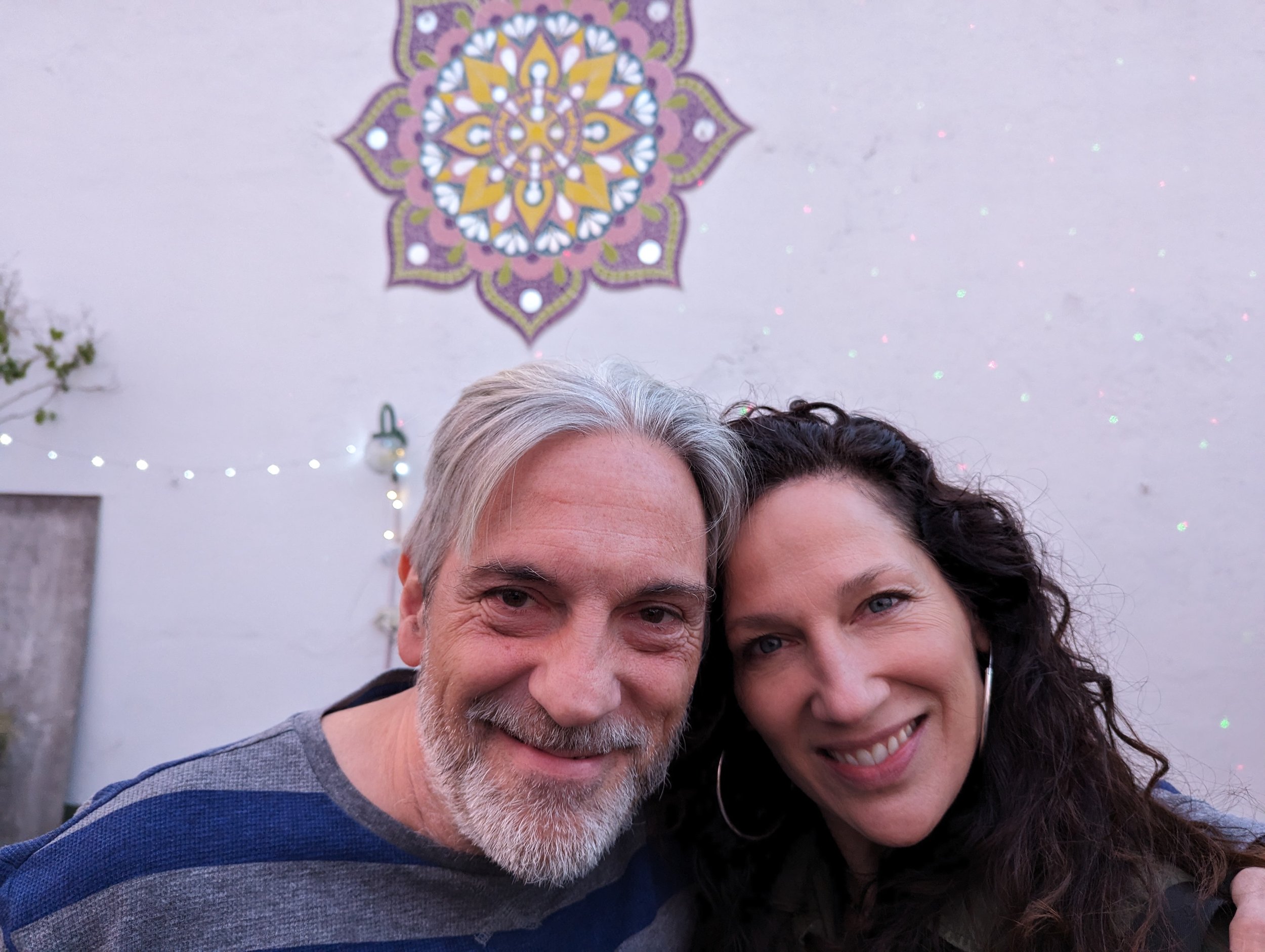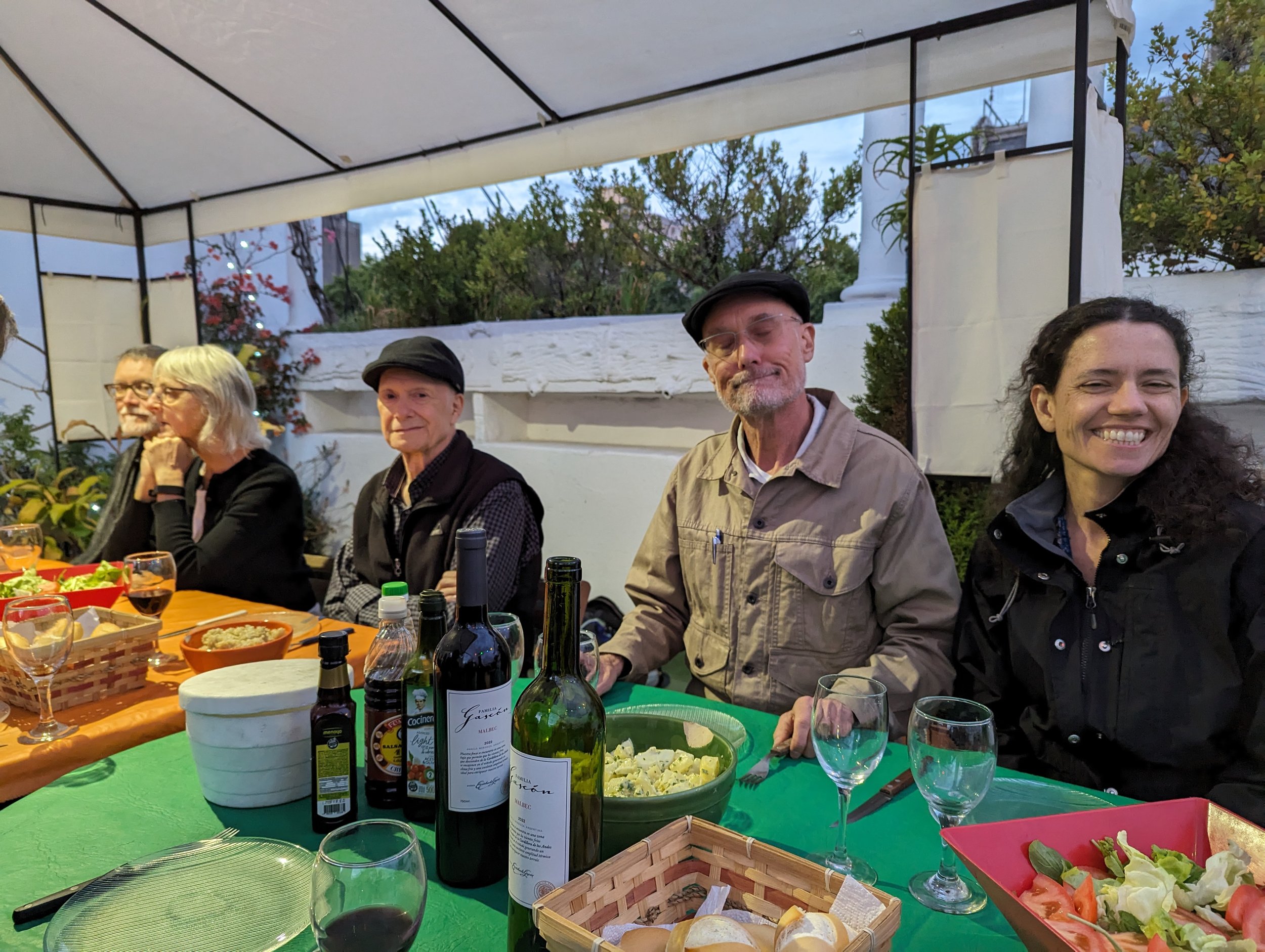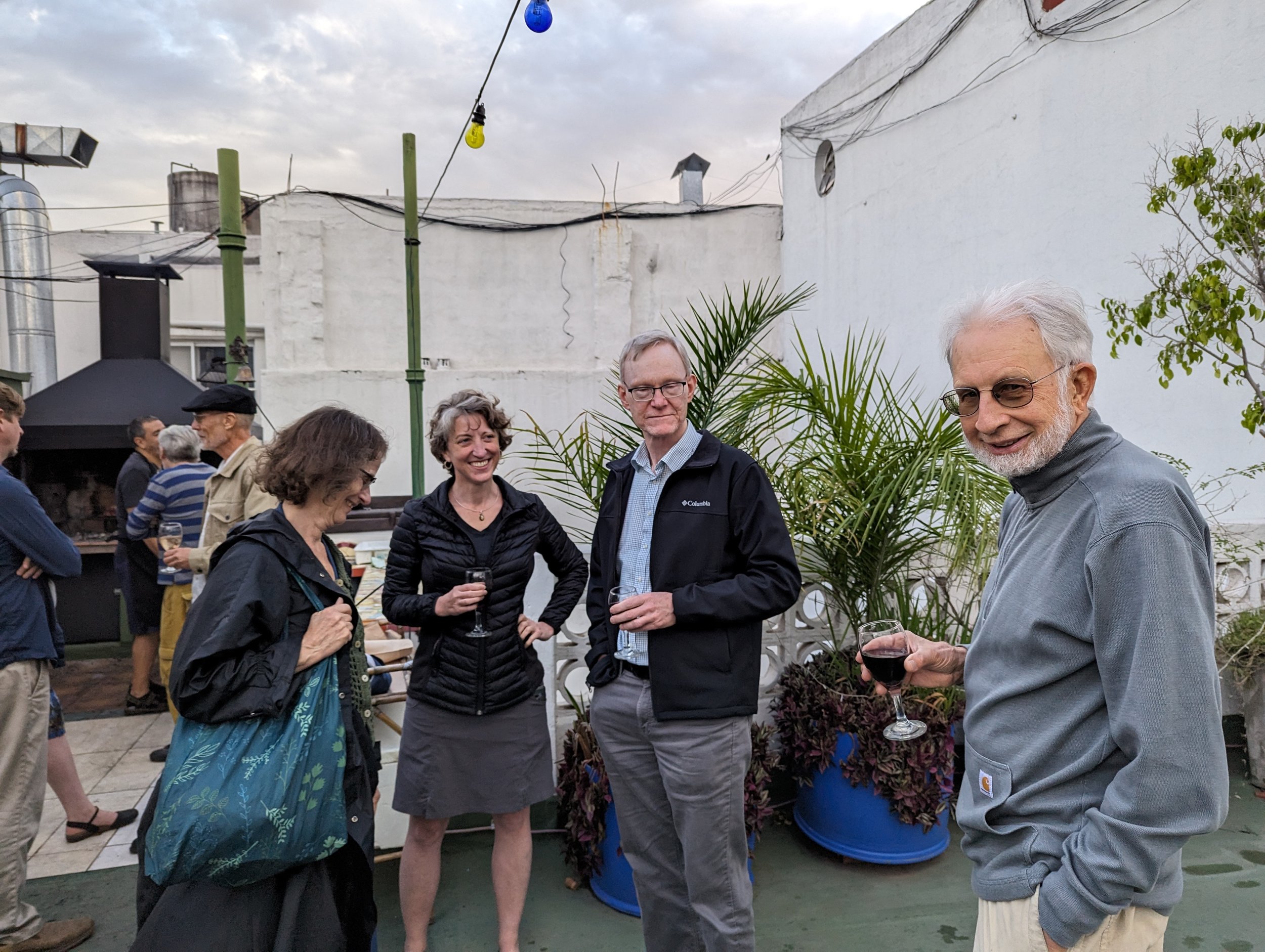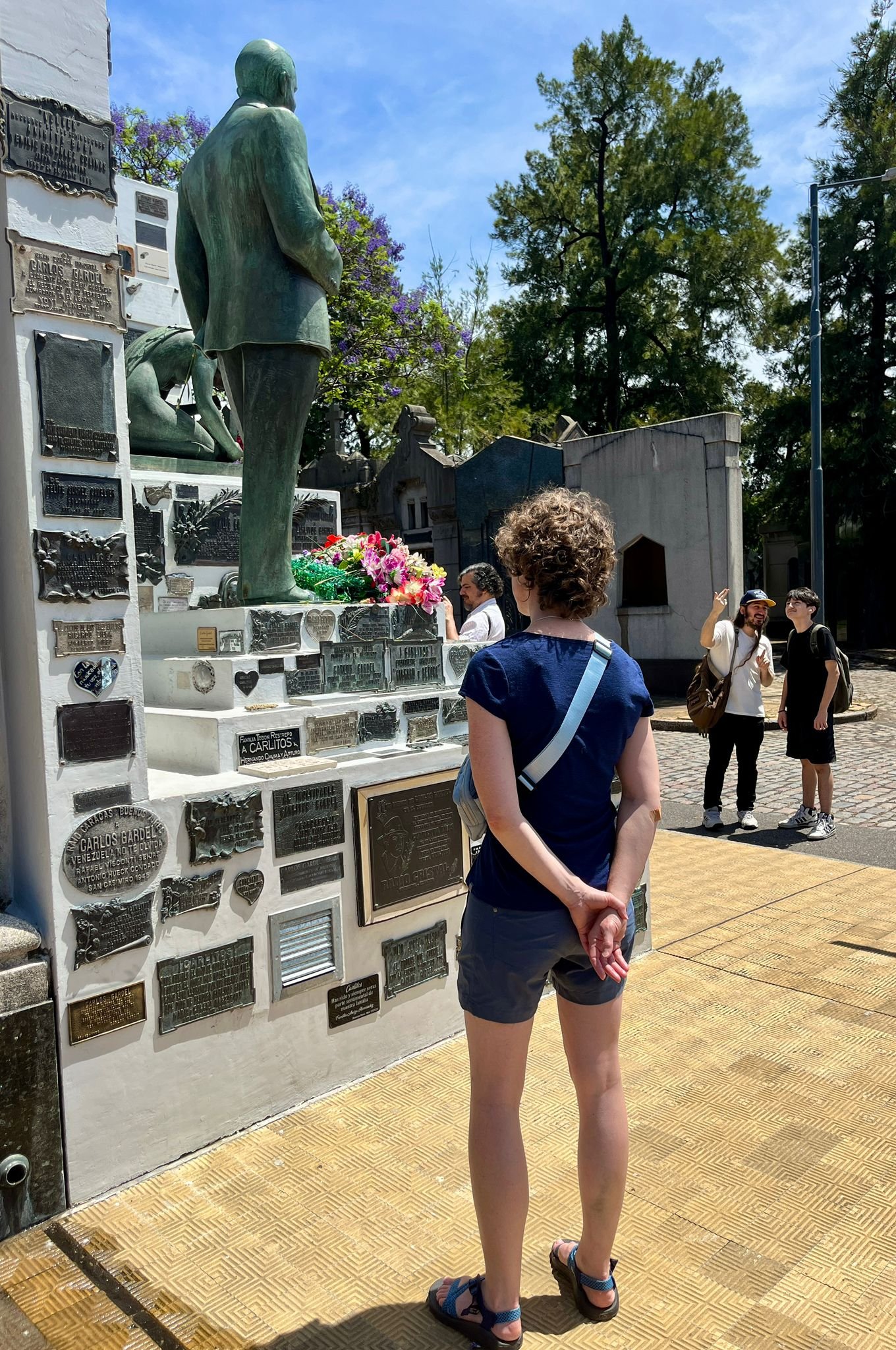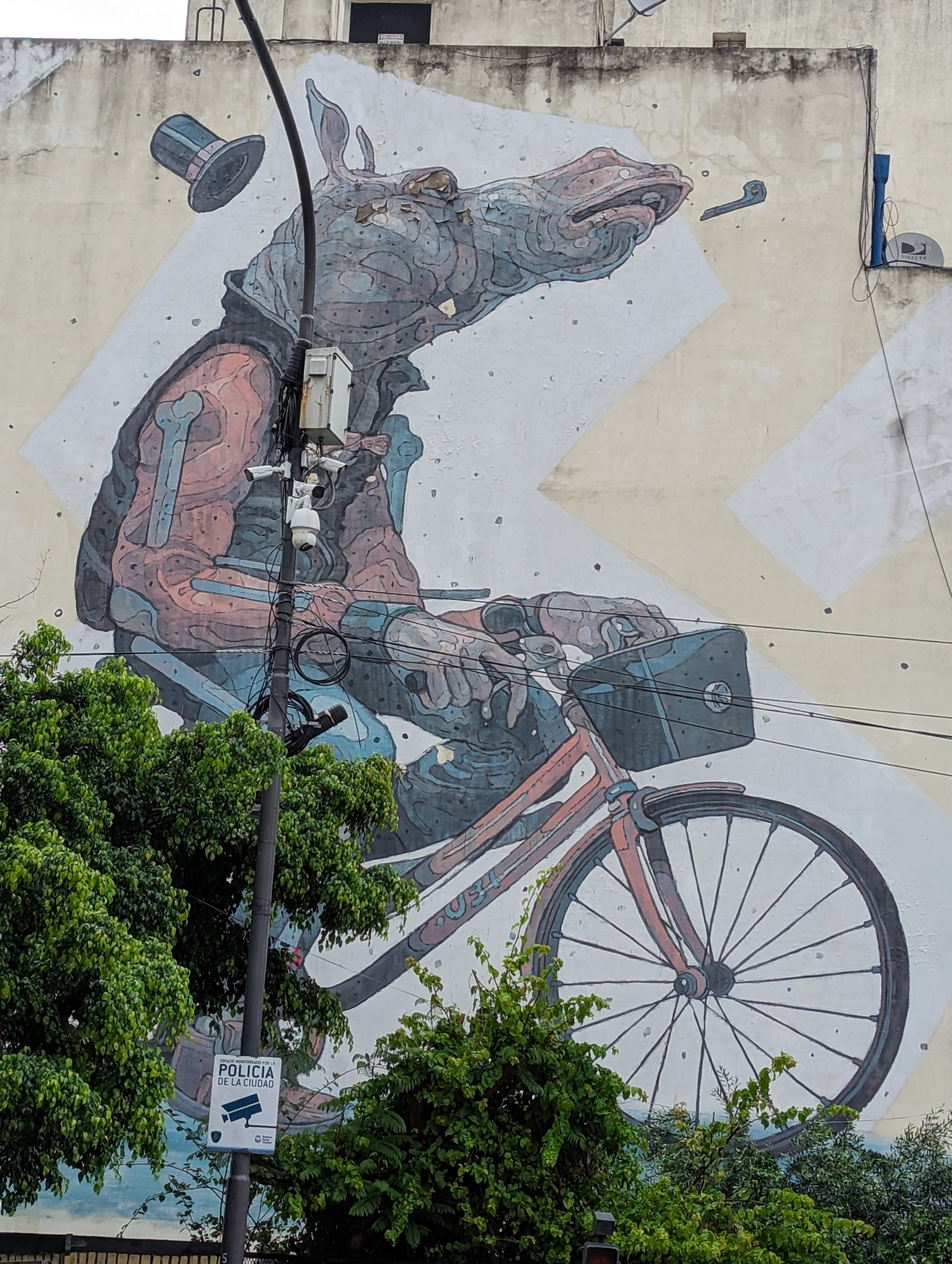I am a singer who started to dance
I started as a singer and musician, long before I started dancing in college. For me, the musicality of tango/milonga/vals comes from a sung interaction in my head. I don’t count, as I learned about music as a small child. Instead, I feel the music and let myself move. I learned to talk about counting and helping people find the music when I studied dance pedagogy in grad school. For myself, I approach musicality from a singing point of view.
This is especially true for milonga. Unless you want to be precious and play with triplets, or pauses, a good ‘ol milonga for me has tiempo (on the beat) and dobletiempo (double-time) if slow enough. And that’s it. How do you make that feel musical and not monotonous? Especially as adding tons of steps is NOT a way to be in the groove most of the time.
Answer: I SING the milonga in my head.
What milonga looks like inside my head
If a normal step (3) is the middle of the volume/register range of 1-5, then a traspie is almost a whisper (1-2) and something like a cross or a vaiven (5) really shouts out.
VAI! VEN! (5!)
Walk (3)
Traspies (2)
Anything that is double-time is even quieter (1) (sorry ran out of ways my website easily showed different words :-)
In practice
So, traveling traspie (traspie lateral L, fd step w/ L, traspie lateral R, fd step w/ R would look like: Traspie Step traspie step
And Vaivens would be: Salida step (vai) change feet in place, step (ven) change feet in place
If you want to do a corrida, it would be: (a bunch of) step, little teeeeeeny steps like a whisper, back to step.
Homework
Next time you do a milonga, think of an opera singer messing around on Sesame Street. Be silly, SING! your dance and find how to make just walking, traspies and maybe a little more — into a lovely little tune that grooves along with the song! Don’t be afraid to exaggerate to explore the idea. Let’s make all of our milongas: 1. fun; 2. musical; 3. Groovy!
